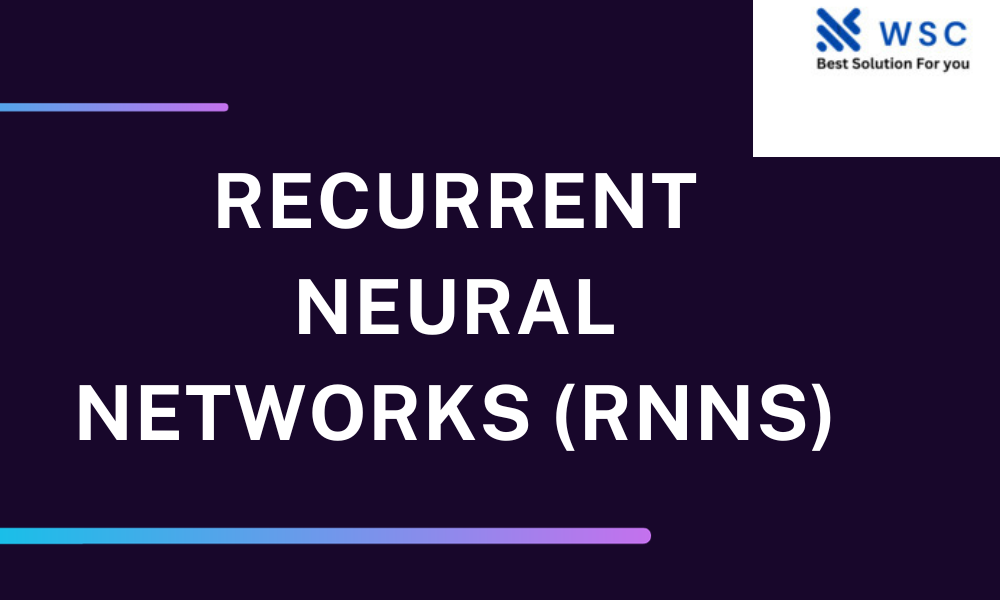Introduction:
Recurrent Neural Networks (RNNs) are a fundamental type of neural network architecture designed for processing sequences of data. Unlike traditional feedforward neural networks, RNNs have an internal memory that allows them to capture and learn patterns from sequential information, making them ideal for tasks like natural language processing, time series analysis, and more. In this post, we’ll delve into the concepts behind RNNs, explore their applications, and even provide practical code examples to help you get started.
What are RNNs?
RNNs are a class of neural networks that are particularly well-suited for sequential data, where the order of elements matters. Each neuron in an RNN is connected to the next time step, allowing it to maintain a hidden state that can capture information from previous time steps. This hidden state acts as a form of memory, enabling RNNs to model temporal dependencies.
Applications of RNNs
Natural Language Processing (NLP)
RNNs are widely used in NLP tasks like language modeling, text generation, and sentiment analysis. They excel at capturing the contextual information in text, making them valuable for tasks involving sequences of words or characters.
Time Series Analysis
RNNs are effective at predicting future values in time series data, such as stock prices, weather data, and sensor readings. Their ability to learn from historical patterns makes them a powerful tool in forecasting.
Speech Recognition
RNNs are crucial in automatic speech recognition systems, where they can process audio signals over time and transcribe spoken words into text.
Understanding the Code
Let’s dive into some practical code to implement an RNN using Python and TensorFlow. We’ll create a simple RNN model to predict the next value in a sequence.
import tensorflow as tf
# Define the RNN model
model = tf.keras.Sequential([
tf.keras.layers.SimpleRNN(units=64, activation='relu', return_sequences=True, input_shape=(10, 1)),
tf.keras.layers.Dense(1)
])
# Compile the model
model.compile(optimizer='adam', loss='mean_squared_error')
# Generate some sequential data for training
# ...
# Train the model
model.fit(x_train, y_train, epochs=10)
In this code, we create a Sequential model with a SimpleRNN layer, which is a type of RNN. We specify the number of units, activation function, and input shape. Then, we compile the model and train it using sequential data.
Conclusion
Recurrent Neural Networks are a powerful tool for handling sequential data in various domains. They excel in capturing patterns and dependencies, making them invaluable for tasks like NLP, time series analysis, and speech recognition. By understanding the concepts and practicing with code, you can harness the potential of RNNs to solve a wide range of real-world problems. Explore further and unlock the full capabilities of this fascinating neural network architecture!
Check our tools website Word count
Check our tools website check More tutorial




